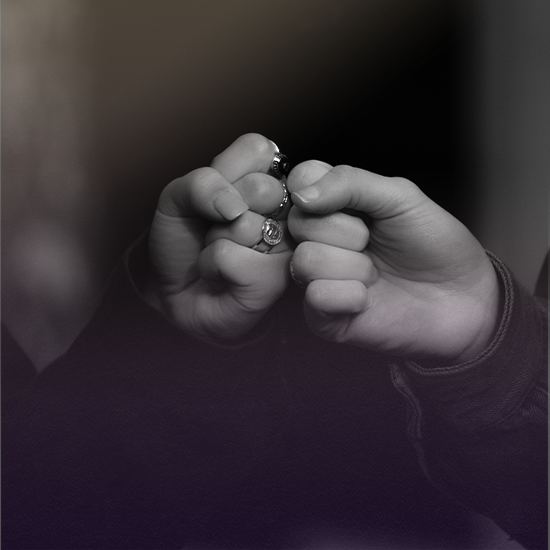Human Connection Is the Key to Our Hybrid Future

The future of the workplace, as many have noted, is going to be hybrid — with most companies opting for some combination of in-person and remote work. Knowing what this hybrid workplace will look like is, in a sense, the easy part. But more important, and more complicated, is the how: How are we going to work together effectively in this hybrid world? How can companies set people up for success and create environments that foster creativity, belonging and a sense of purpose when their workforce is distributed? It’s going to take a more human workplace, centered above all on relationships — with our colleagues, with our friends and families and with technology. Companies that realize this, and act on it, will be poised to win the future.
Our collective experience of the pandemic has taught us so much about the importance of relationships — in every aspect of our lives. As so much was stripped away, we learned what we truly value and what we can live without. For many of us, human connection was what we missed most — a non-negotiable pillar of our happiness and well-being. And as we emerge from the pandemic, we have a renewed appreciation for how central our relationships are in our lives.
This centrality is backed by ample research. The Harvard Study of Adult Development, a longitudinal study that began following Harvard sophomores in 1938 and is still running, found that close relationships are the single biggest factor in our happiness — more than money, fame and other outward forms of success. According to Gallup, employees who reported having a close friend at work are seven times more likely to be engaged in their jobs. And perhaps not surprisingly, our relationships directly impact our health, with studies showing that our social ties boost our immune system and increase our longevity.
But the new hybrid world poses challenges around putting relationships at the center of the work experience. How can we build and maintain connections when so many are struggling with what Arthur Bregman, a psychiatrist, calls “cave syndrome”? (A lingering anxiety about venturing out that can even extend to socializing and grocery shopping.) And how can we foster deeper relationships when so much of workplace communication — and work itself — is mediated through screens? Technology has been an indispensable lifeline during the pandemic, but our reliance on it has further eroded work-life boundaries that were already crumbling. As Jen and Anh Phillips write in Work Better Together, “we are quick to adopt technology, but slow to adapt to it — and the gap is causing real harm to our bodies, minds, relationships and organizations.”
Technology is just a tool — it can be used in ways that interfere with our relationships, or it can be used to augment our humanity and allow us to deepen our connections. As they put into place new technologies to support their hybrid workplaces, companies can also use this time to reassess their relationship to technology, and encourage their employees to use technology in ways that support their essential human qualities. Microsoft’s Human Factors Lab recently released research showing that virtual fatigue begins to set in just 30 minutes into a meeting. But they’ve also shown that taking even small breaks can effectively counter virtual fatigue and stop stress from becoming cumulative. This is especially important given that, as Cisco research shows, the percentage of meetings in which someone is attending remotely has jumped from 8% before the pandemic to 98%. To help companies support their employees’ relationship with technology, Thrive Global has created Reset, which allows workers to take 60- to 90-second breaks between meetings, or even during virtual meetings.
Ultimately, the quality of our relationships — both at work and at home — is deeply connected to our well-being. Companies are realizing that human qualities like empathy, compassion, creativity and collaboration are increasingly essential. They’re also the building blocks of relationships. But they rise and fall along with our well-being. So making a more human-focused workplace is about designing well-being into the fabric of work itself, and moving away from the idea of well-being as an add-on. Leaders and managers who role-model a more human-focused way of working by being open and authentic about taking care of their own well-being will give permission for others to do the same.
The pandemic has created a once-in-a-generation opportunity to change the way we work. We can create a more human-focused workplace centered on what we know makes us both happier and more resilient: our relationships.


